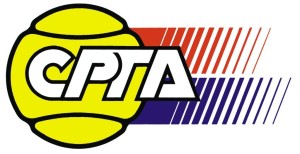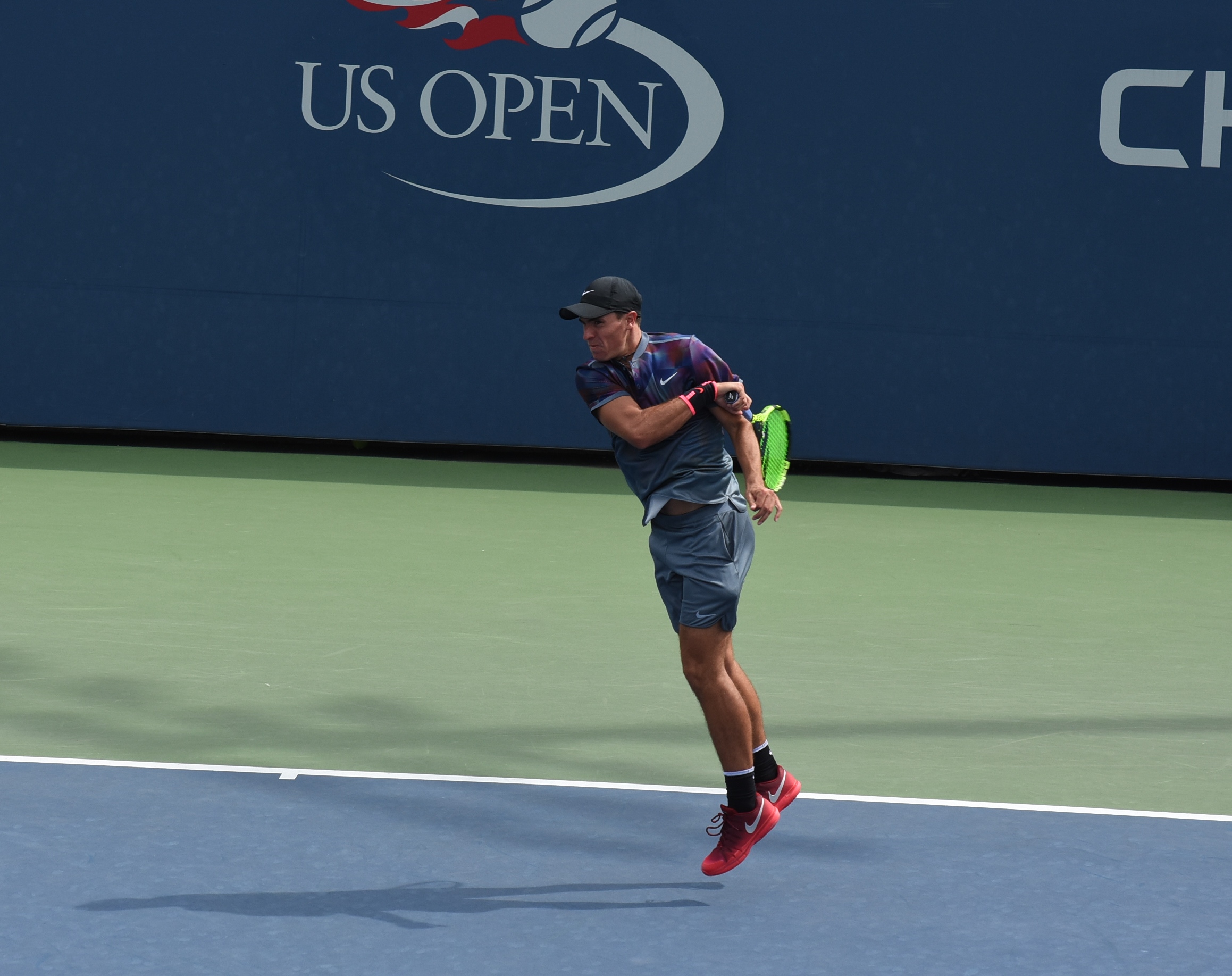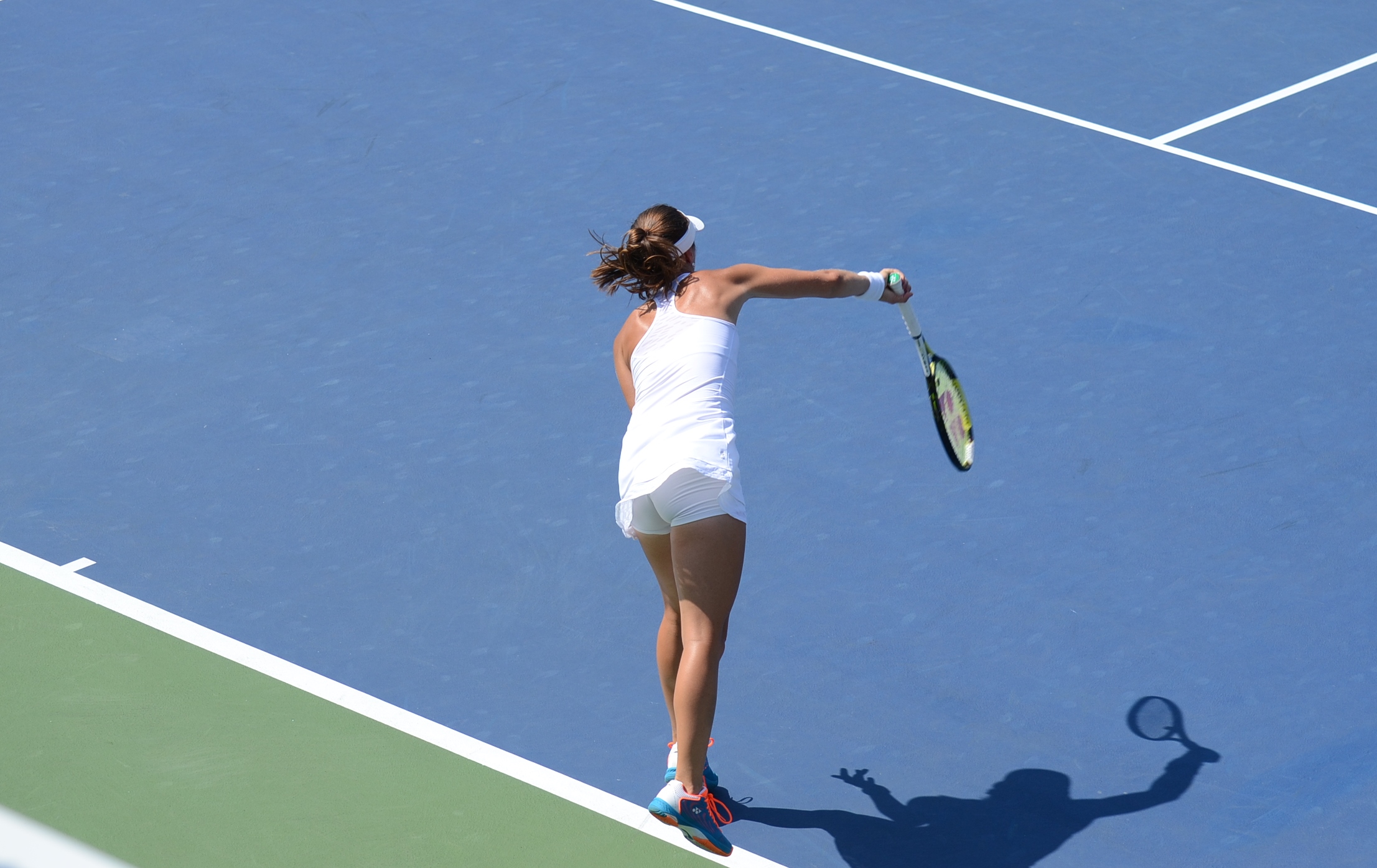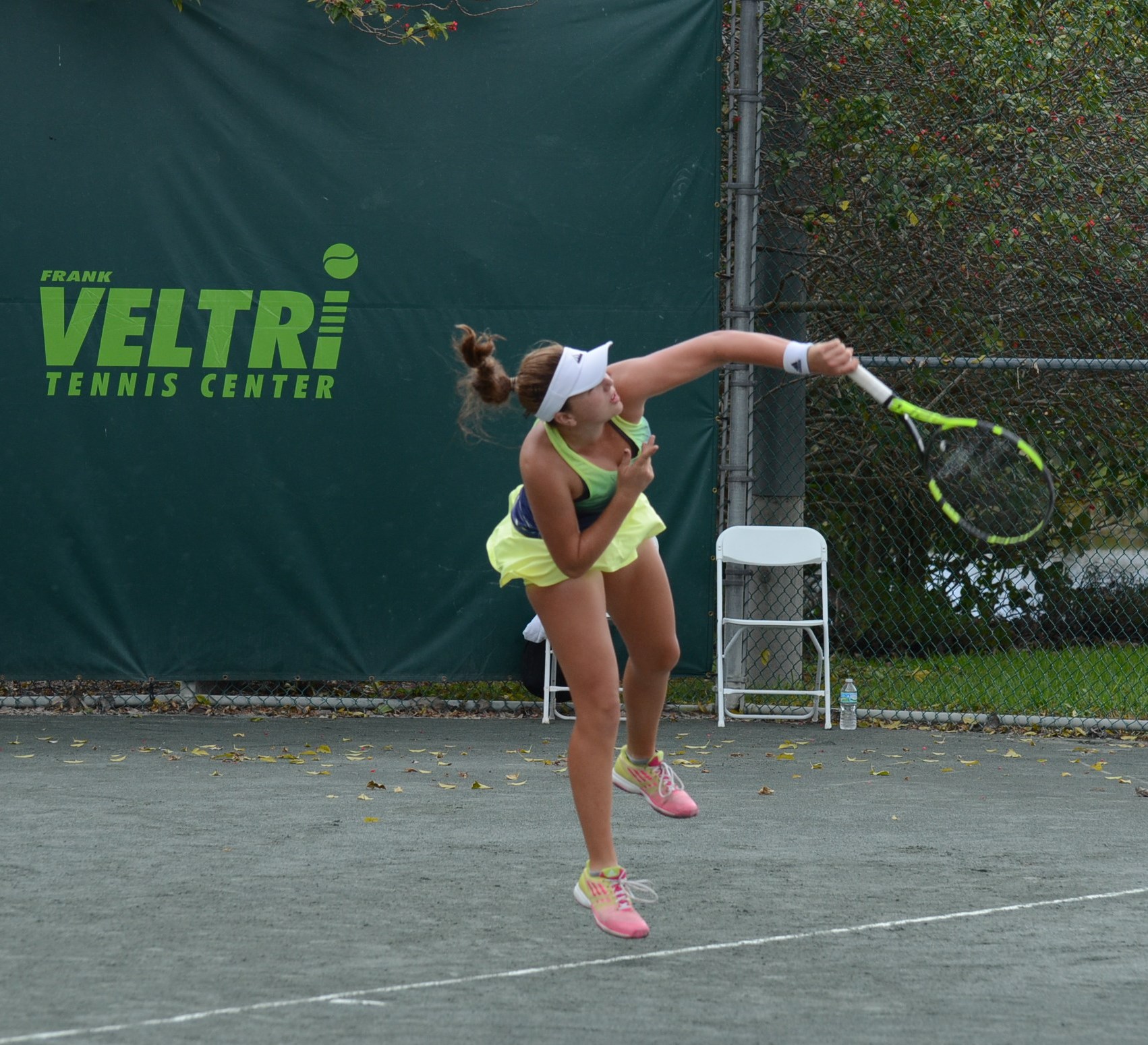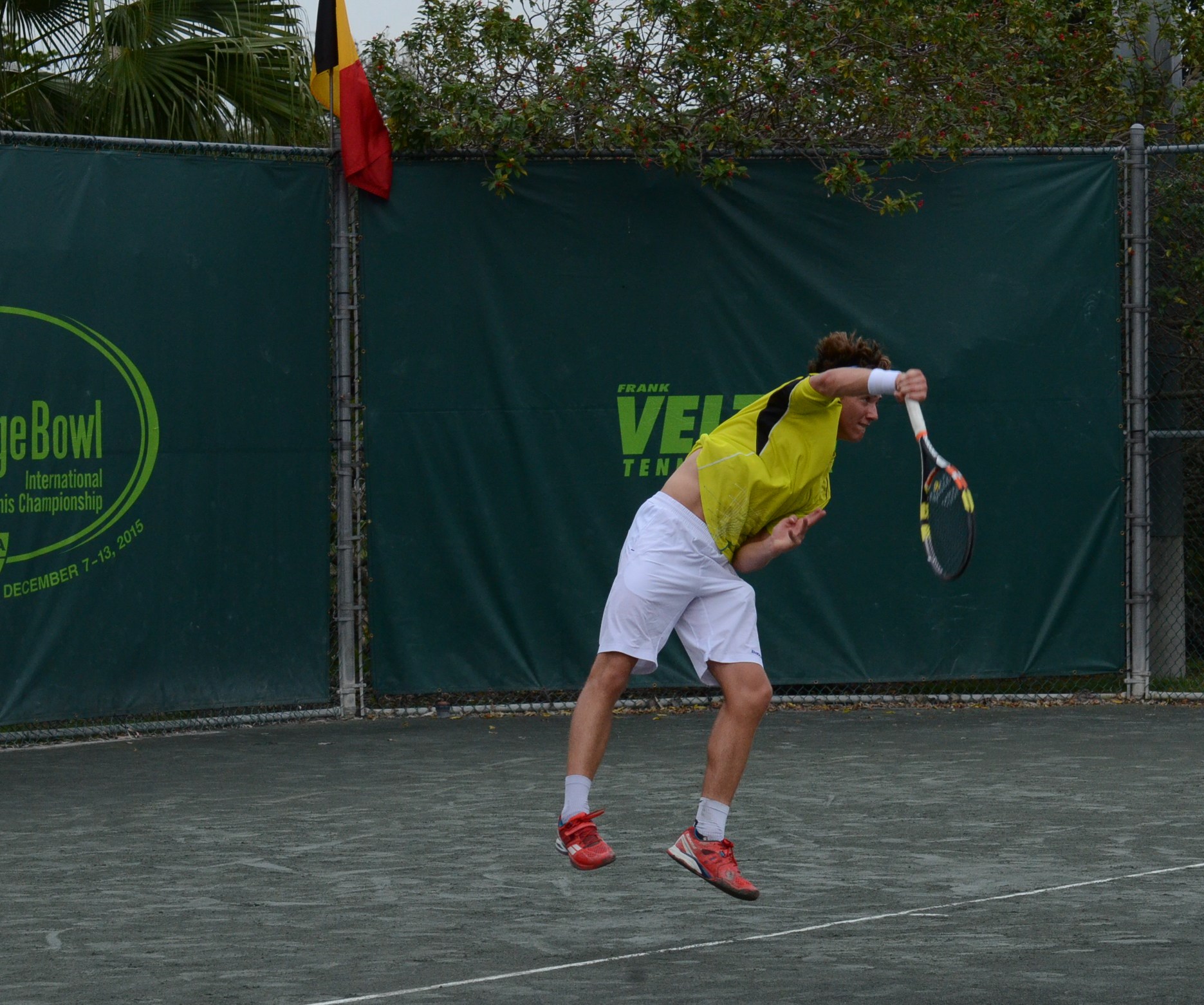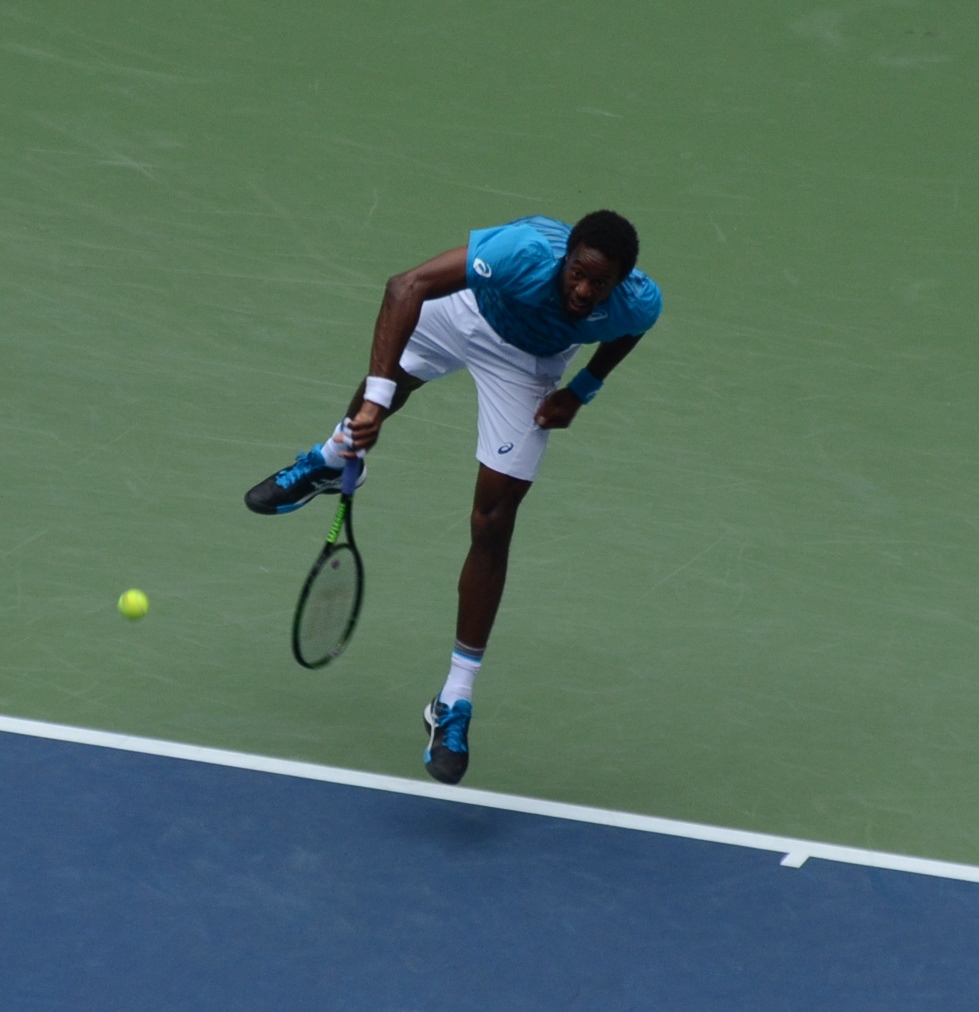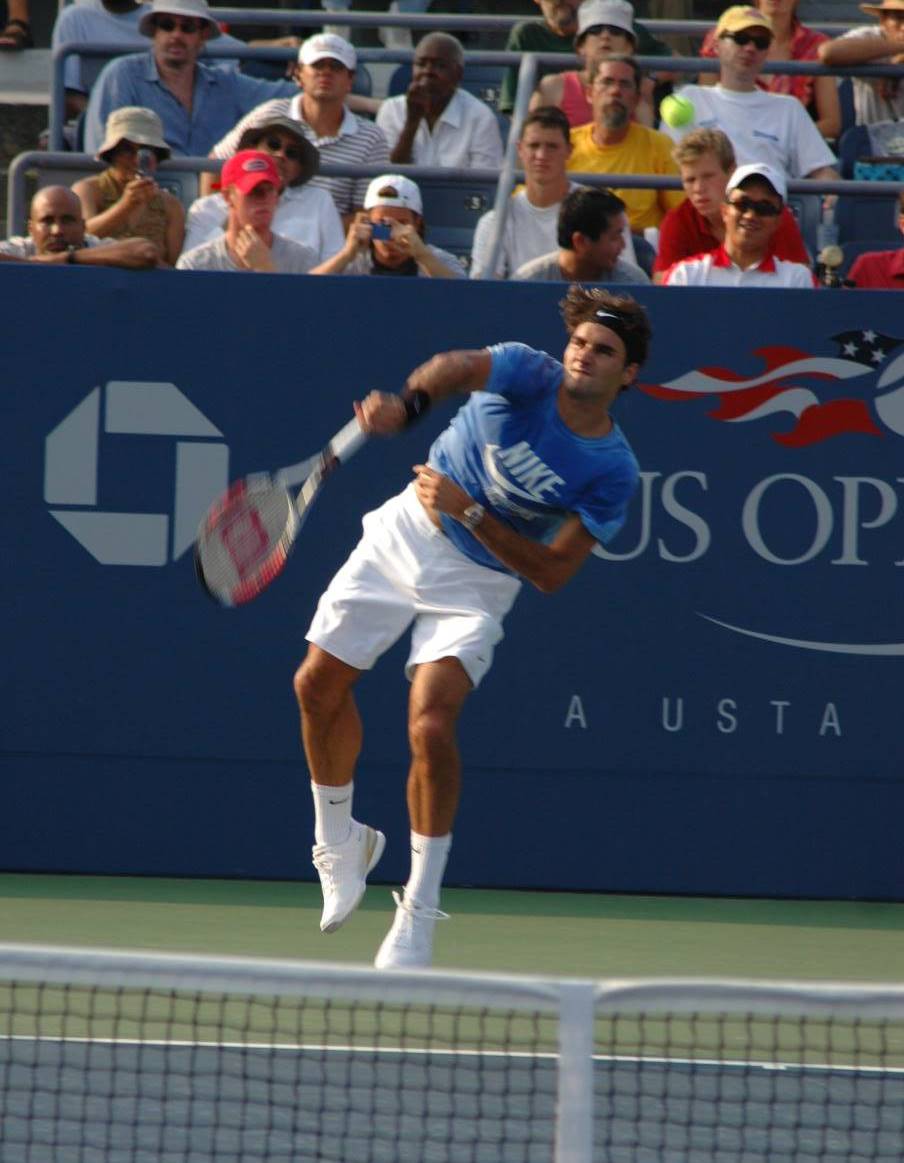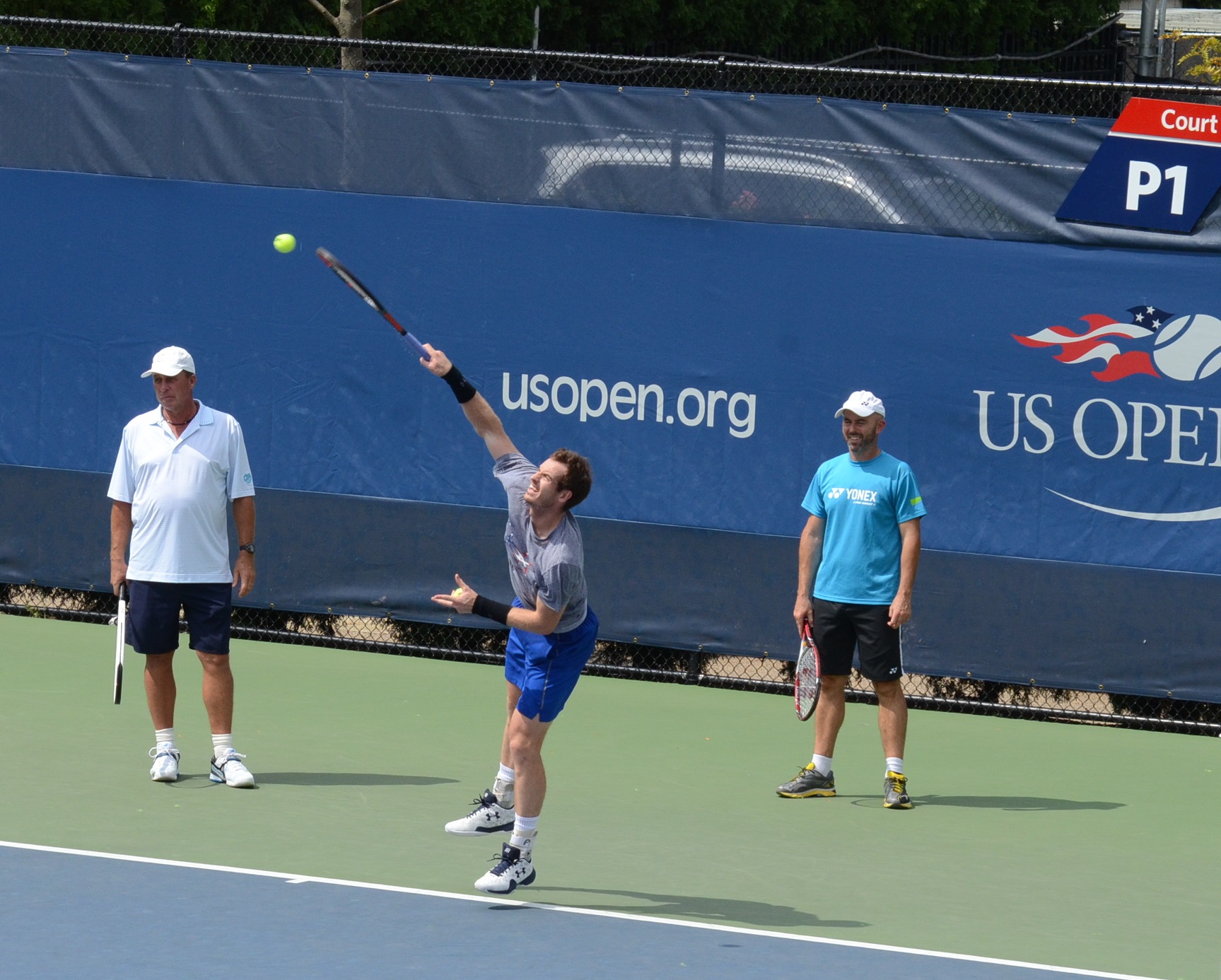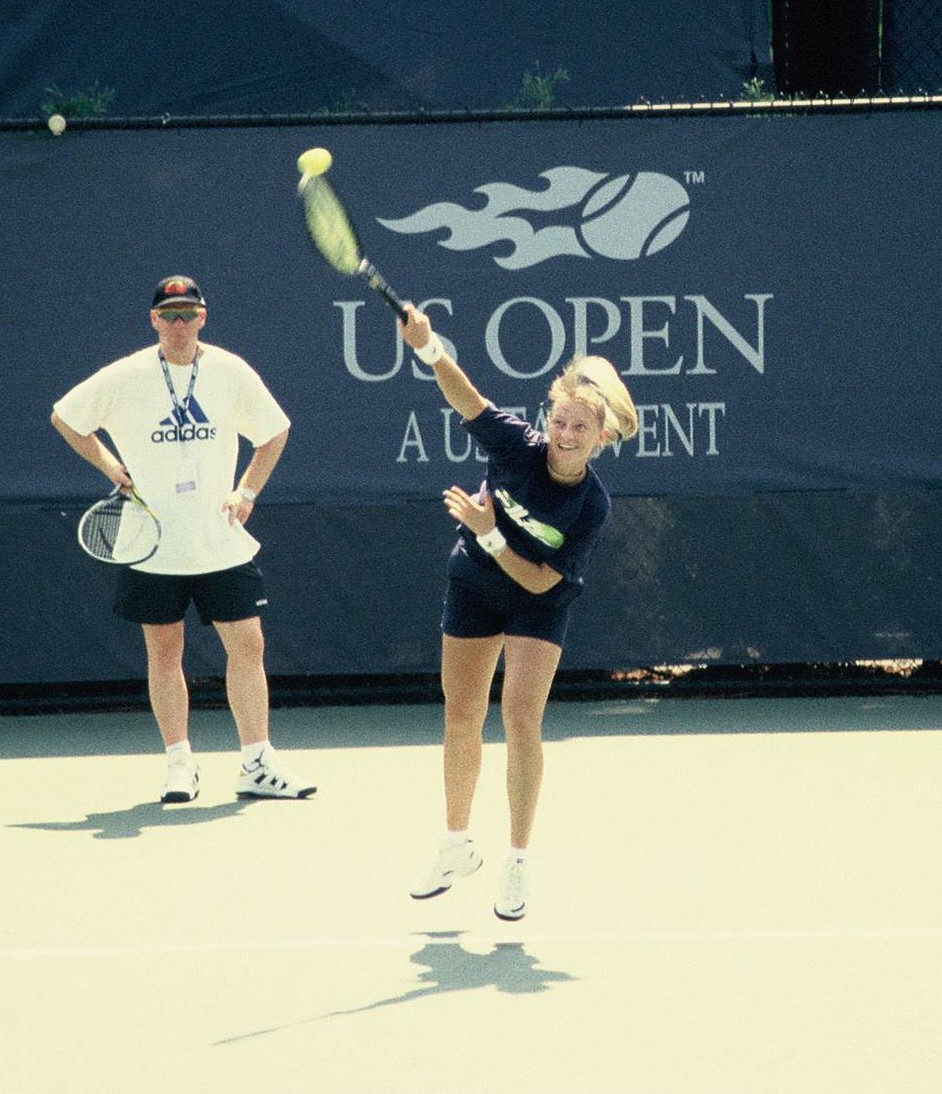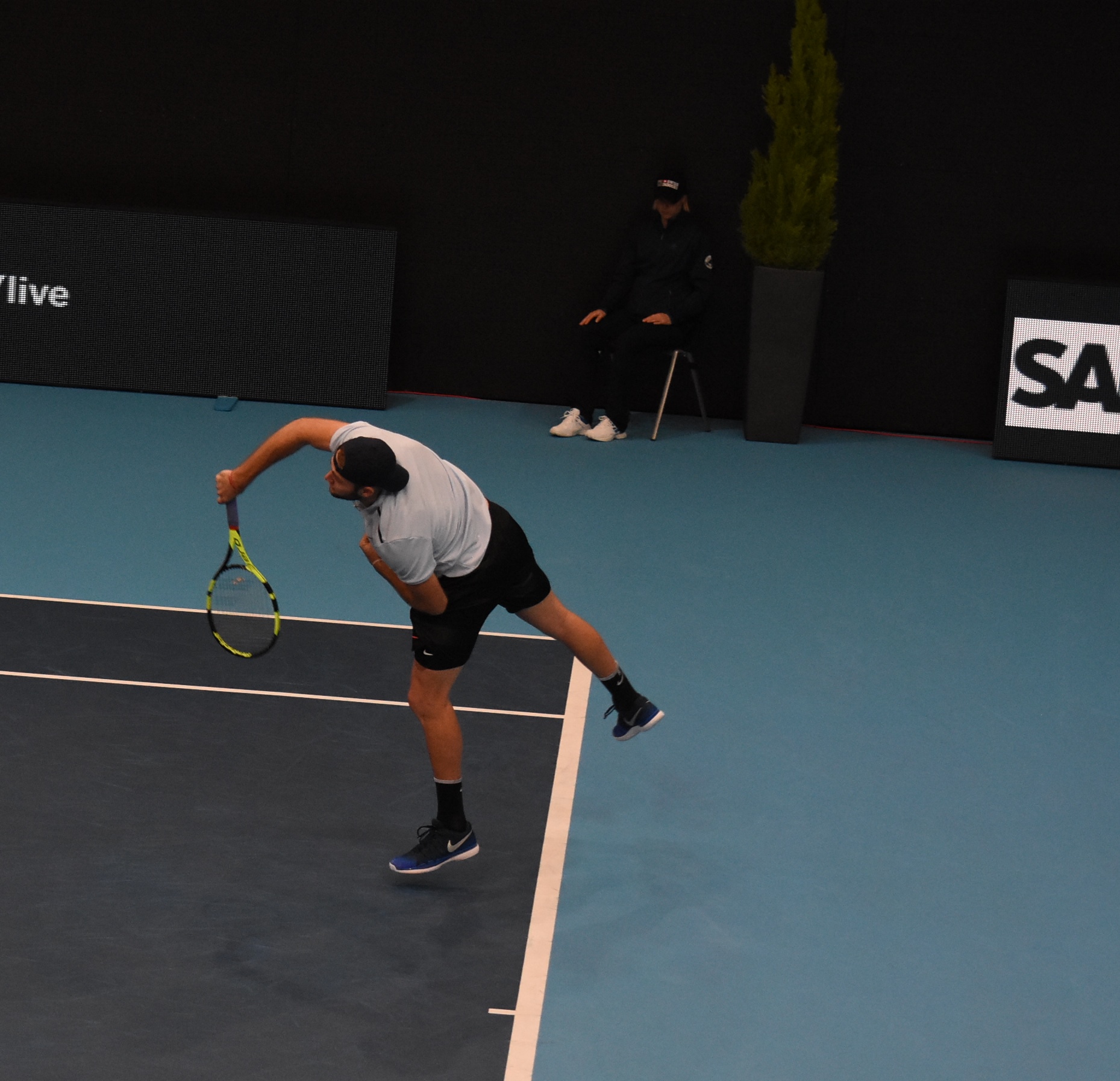
Jack Sock – Service 3.0
....they also made some improvements on Jack's backhand and then some serious work has been done on Jack's service, which can be considered as quite a weapon now. In this article, I would like to focus on some qualities of this "new Sock service", as he showed them at the ATP 500 tournament in Basel (SUI) few weeks ago already, just before the above mentioned Paris event....
